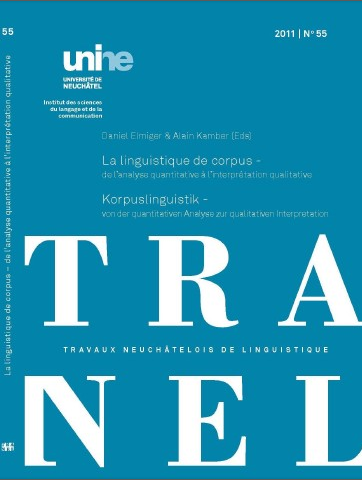Contexte et sens: utilisation d’un corpus écrit dans l’enseignement / apprentissage du FLE
DOI :
https://doi.org/10.26034/tranel.2011.2799Résumé
The aim of the present paper is to show that the use of a very large electronic corpus is likely to simplify the foreign language teacher’s task as well as the learner’s. Using the 'Corpus français', we present two examples of tasks which can be achieved by students of French as a foreign language even though they do not necessarily have in-depth knowledge of linguistic analysis and for which no prior filtering by the teacher is needed. In the first task, the aim is to determine the typical use of a verb by looking for co-occurrences strongly collocating with it, while in the second one, the purpose is to disambiguate near-synonyms, based on the usage contexts specific to each of the lexical units considered. It appears that the results obtained compare favourably with the descriptions found in dictionaries, despite the simplicity of the procedure.Téléchargements
Publié-e
01-01-2011
Comment citer
Kamber, A. (2011). Contexte et sens: utilisation d’un corpus écrit dans l’enseignement / apprentissage du FLE. Travaux neuchâtelois De Linguistique, (55), 199–218. https://doi.org/10.26034/tranel.2011.2799
Numéro
Rubrique
Article thématique


